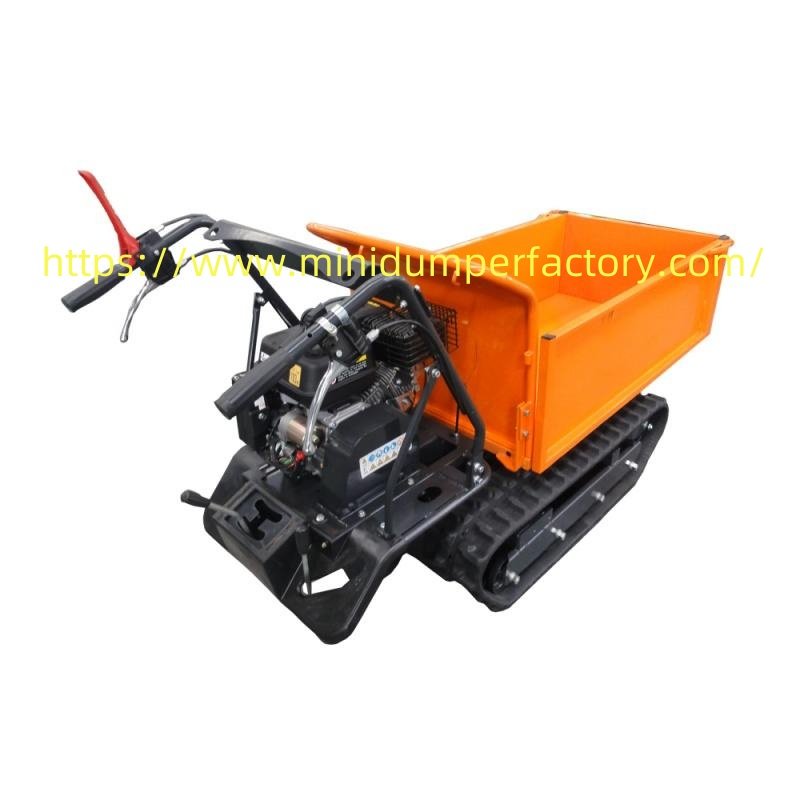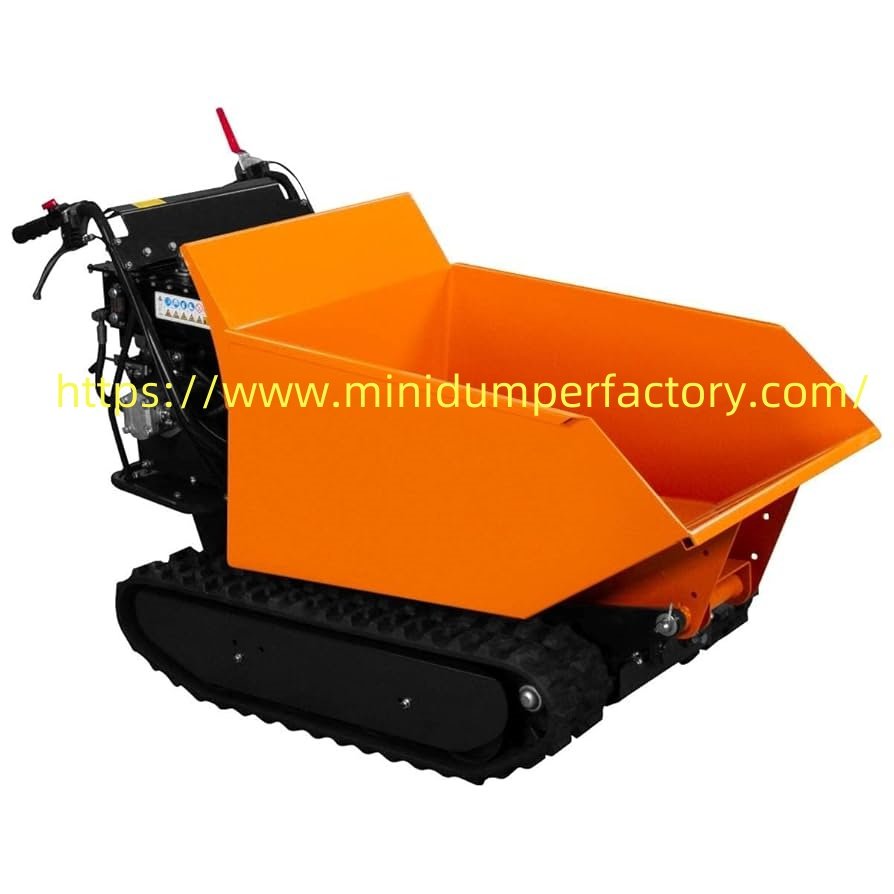Step-by-Step Guide to Writing a Good Business Plan

Step 1: Start with a Clear Executive Summary
This is the first section, but often written last. It gives a quick overview of your entire business plan.
-
Describe your business in one paragraph: What problem do you solve? What product/service do you offer?
-
Include your mission statement.
-
Highlight your target market, competitive advantage, and financial goals.
-
Summarize your funding request if you're seeking investors.
Tip: Keep it concise. Imagine pitching your entire business in 60 seconds.
Step 2: Define Your Business Description
This section explains who you are and what your business does.
-
Include your business name, location, legal structure (e.g., sole proprietorship, LLC).
-
Describe your industry and what makes your business unique.
-
Outline your vision and goals for the next 1–5 years.
Tip: Highlight what sets you apart from competitors.
Step 3: Conduct a Market Analysis
Show that you understand your industry, market trends, and customer needs.
-
Identify your target market (demographics, location, behaviors).
-
Analyze market size, growth potential, and industry outlook.
-
List your key competitors and their strengths/weaknesses.
-
Use charts or graphs if possible to back up your findings.
Tip: Base your research on real data – not assumptions.
Step 4: Describe Your Organization and Management
Explain your company’s structure and introduce your leadership team.
-
Show your organizational chart, if available.
-
Describe roles and responsibilities of team members.
-
Mention any key hires or advisors, and their experience.
Tip: Highlight skills that make your team capable of success.
Step 5: Outline Your Product or Service Line
Detail the product(s) or service(s) you offer.
-
Explain how it works, what problem it solves, and its benefits.
-
Include pricing, lifecycle, and any intellectual property (trademarks, patents).
-
Discuss any plans for future products or services.
Tip: Make it clear how your offerings solve real customer problems.
Step 6: Create a Marketing and Sales Strategy
How will you attract and retain customers?
-
Outline your marketing plan: advertising, social media, SEO, email, etc.
-
Describe your sales process: How do you convert leads into buyers?
-
Mention any customer loyalty or referral programs.
Tip: Focus on strategies that are measurable and cost-effective.
Step 7: Explain Your Operational Plan
Describe how your business will run day-to-day.
-
Outline your location, equipment, and technology needs.
-
Detail production, inventory management, or logistics (if applicable).
-
Mention your suppliers, shipping partners, and any third-party services.
Tip: This shows investors you’ve thought through the practical details.
Step 8: Present Your Financial Projections
This section provides evidence your business can succeed financially.
-
Include cash flow forecasts, income statements, and balance sheets for the next 3–5 years.
-
Explain your break-even analysis.
-
If you're asking for funding, specify how much you need and how you’ll use it.
Tip: Be realistic – overestimating revenue can hurt credibility.
Step 9: Include an Appendix (Optional)
Add supporting documents that didn’t fit in the main sections:
-
Resumes of key staff
-
Product photos or prototypes
-
Permits or licenses
-
Detailed market research or surveys
Tip: Use the appendix to back up any bold claims or data.
Final Tips for Success:
-
Keep your language clear, direct, and professional.
-
Use headings, bullet points, and charts to improve readability.
-
Regularly update your business plan as your business grows or changes.






